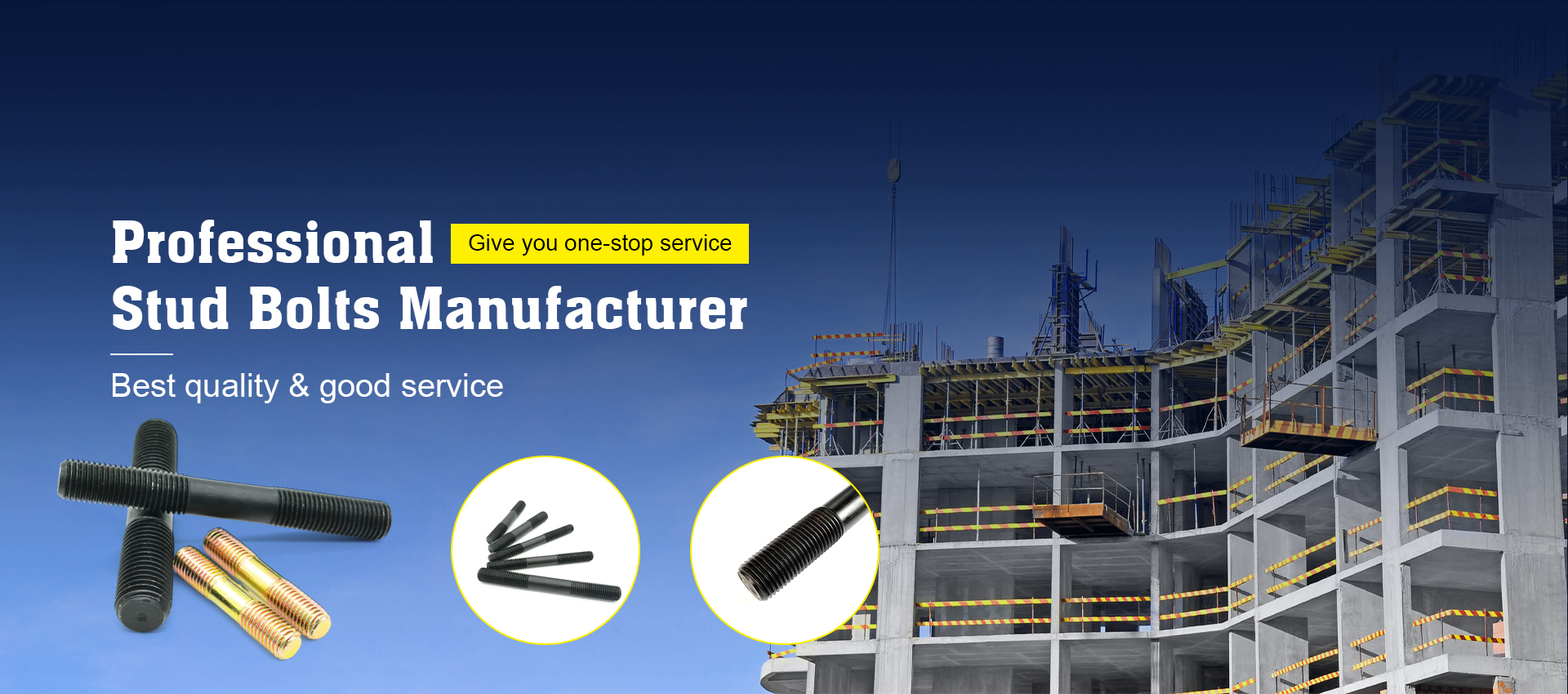China Self-Drilling Carbon Steel Screws for Construction and Industrial Applications
Nov . 25, 2024 04:27 Back to list
China Self-Drilling Carbon Steel Screws for Construction and Industrial Applications
The Rise of Carbon Steel Self-Drilling Screws in China A Comprehensive Overview
In recent years, the construction and manufacturing industries have witnessed significant advancements in fastening technology, with self-drilling screws gaining prominence as an essential component. Among the various materials available, carbon steel has become a favored choice due to its remarkable strength, durability, and cost-effectiveness. This article delves into the emergence of carbon steel self-drilling screws in China, exploring their manufacturing processes, applications, advantages, and market dynamics.
Overview of Self-Drilling Screws
Self-drilling screws are designed to drill their own holes as they are driven into materials, eliminating the need for pre-drilling. This innovation not only enhances efficiency in assembly processes but also reduces the overall time and labor costs associated with fastening. The design of self-drilling screws typically features a drill point that penetrates the base material, allowing them to quickly secure metals, woods, and plastics.
Carbon Steel The Material of Choice
Carbon steel is an alloy made primarily of iron and carbon, with the latter element typically ranging from 0.05% to 2%. This material boasts an excellent combination of hardness and tensile strength, making it highly suitable for the production of robust fastening solutions. In the context of self-drilling screws, carbon steel provides the following advantages
1. Strength and Durability Carbon steel screws are able to withstand high loads, making them ideal for structural applications. The material’s inherent strength also enhances resistance to bending and breaking.
2. Cost-Effectiveness Compared to stainless steel and other alloys, carbon steel is more affordable, making it an attractive option for manufacturers and builders looking to balance quality with budget constraints.
Manufacturing Landscape in China
china carbon steel self drilling screws

As one of the largest producers of fasteners globally, China has developed a robust manufacturing ecosystem for carbon steel self-drilling screws. The production process typically involves several critical steps
1. Material Sourcing Raw materials are sourced from local or international suppliers. The quality of carbon steel used significantly impacts the performance of the final product.
2. Cold Heading This process involves shaping the carbon steel wire into screw heads without the need for cutting, which enhances the strength of the finished product.
3. Drill Point Formation The drill point is formed using precise machining techniques, ensuring that the screws can effectively penetrate different materials.
4. Finishing The screws may undergo various surface treatments, such as galvanizing or coating, to improve corrosion resistance and enhance aesthetic appeal.
5. Quality Control Stringent quality control measures are implemented at several stages to ensure that the screws meet international standards and specifications.
Market Dynamics and Trends
The demand for carbon steel self-drilling screws in China is on the rise, driven by the growing construction industry and infrastructure development. The increasing emphasis on efficiency and quality in building projects has led to a shift toward modern fastening solutions. Moreover, the global trend toward sustainability is influencing manufacturers to adopt greener practices in the production of carbon steel screws.
In conclusion, carbon steel self-drilling screws represent a vital element in modern construction and manufacturing in China. Their unique combination of strength, versatility, and cost-effectiveness makes them indispensable in various applications. As the industry continues to evolve, ongoing innovations and improvements in manufacturing processes are expected, further establishing carbon steel self-drilling screws as a key player in the fasteners market.
Latest news
-
High-Quality Panel Stud Bolt Reliable Panel Stud Bolt Factory & Suppliers
NewsJul.08,2025
-
High-Precision Fine Thread Locknuts Manufacturer & Supplier Custom Solutions
NewsJul.08,2025
-
PH Imperial Stud Bolt – High Strength Fasteners from Leading Supplier & Factory
NewsJul.07,2025
-
High-Quality Allen Wrench Bolts Leading Factory, Company & Suppliers
NewsJul.07,2025
-
Wholesale Ball Stud Bolt - High Quality Supplier & Factory Price Reliable Wholesale Ball Stud Bolt Company
NewsJul.06,2025
-
High-Strength Alloy Bolts Manufacturer & Supplier Quality Alloy Fasteners Factory
NewsJul.06,2025
